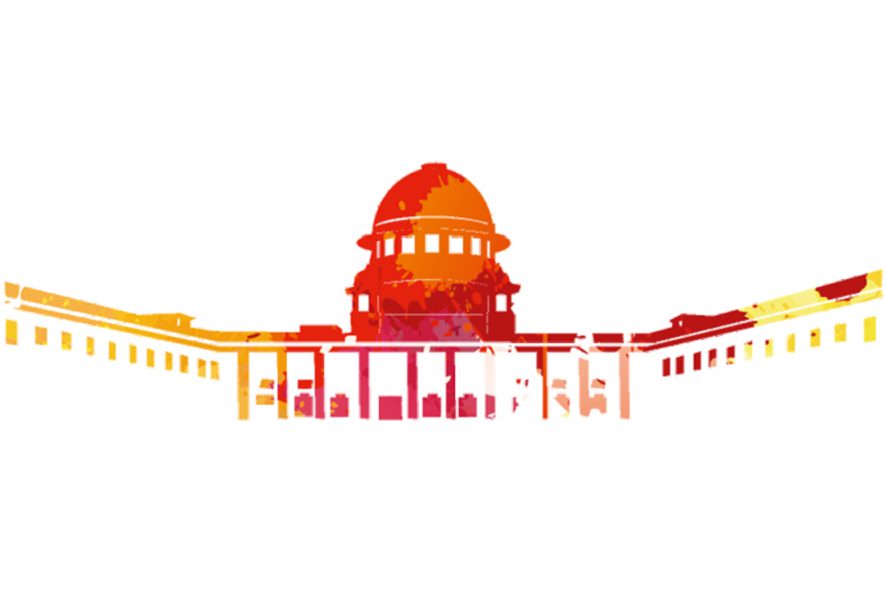Supreme Court: Faced with the unprecedented and extraordinary outbreak of a pandemic, the 3-judge bench of SA Bobde, CJ and Dr. DY Chandrachud and L. Nageswara Rao, JJ has called for functioning of courts through video conferencing. It said that it was necessary that Courts at all levels respond to the call of social distancing and ensure that court premises do not contribute to the spread of virus.
Exercising it’s power under Article 142 of the Constitution, the Court, hence, issued the following guidelines:
- All measures that have been and shall be taken by this Court and by the High Courts, to reduce the need for the physical presence of all stakeholders within court premises and to secure the functioning of courts in consonance with social distancing guidelines and best public health practices shall be deemed to be lawful;
- The Supreme Court of India and all High Courts are authorized to adopt measures required to ensure the robust functioning of the judicial system through the use of video conferencing technologies;
- Consistent with the peculiarities of the judicial system in every state and the dynamically developing public health situation, every High Court is authorised to determine the modalities which are suitable to the temporary transition to the use of video conferencing technologies;
- The concerned courts shall maintain a helpline to ensure that any complaint in regard to the quality or audibility of feed shall be communicated during the proceeding or immediately after its conclusion failing which no grievance in regard to it shall be entertained thereafter.
- The District Courts in each State shall adopt the mode of Video Conferencing prescribed by the concerned High Court.
- The Court shall duly notify and make available the facilities for video conferencing for such litigants who do not have the means or access to video conferencing facilities. If necessary, in appropriate cases courts may appoint an amicus-curiae and make video conferencing facilities available to such an advocate.
- Until appropriate rules are framed by the High Courts, video conferencing shall be mainly employed for hearing arguments whether at the trial stage or at the appellate stage. In no case shall evidence be recorded without the mutual consent of both the parties by video conferencing. If it is necessary to record evidence in a Court room the presiding officer shall ensure that appropriate distance is maintained between any two individuals in the Court.
- The presiding officer shall have the power to restrict entry of persons into the court room or the points from which the arguments are addressed by the advocates. No presiding officer shall prevent the entry of a party to the case unless such party is suffering from any infectious illness. However, where the number of litigants are many the presiding officer shall have the power to restrict the numbers. The presiding officer shall in his discretion adjourn the proceedings where it is not possible to restrict the number.
Courts throughout the country particularly at the level of the Supreme Court and the High Courts have employed video conferencing for dispensation of Justice and as guardians of the Constitution and as protectors of individual liberty governed by the rule of law.
[IN RE: GUIDELINES FOR COURT FUNCTIONING THROUGH VIDEO CONFERENCING DURING COVID-19 PANDEMIC, 2020 SCC OnLine SC 355, order dated 06.04.2020]







